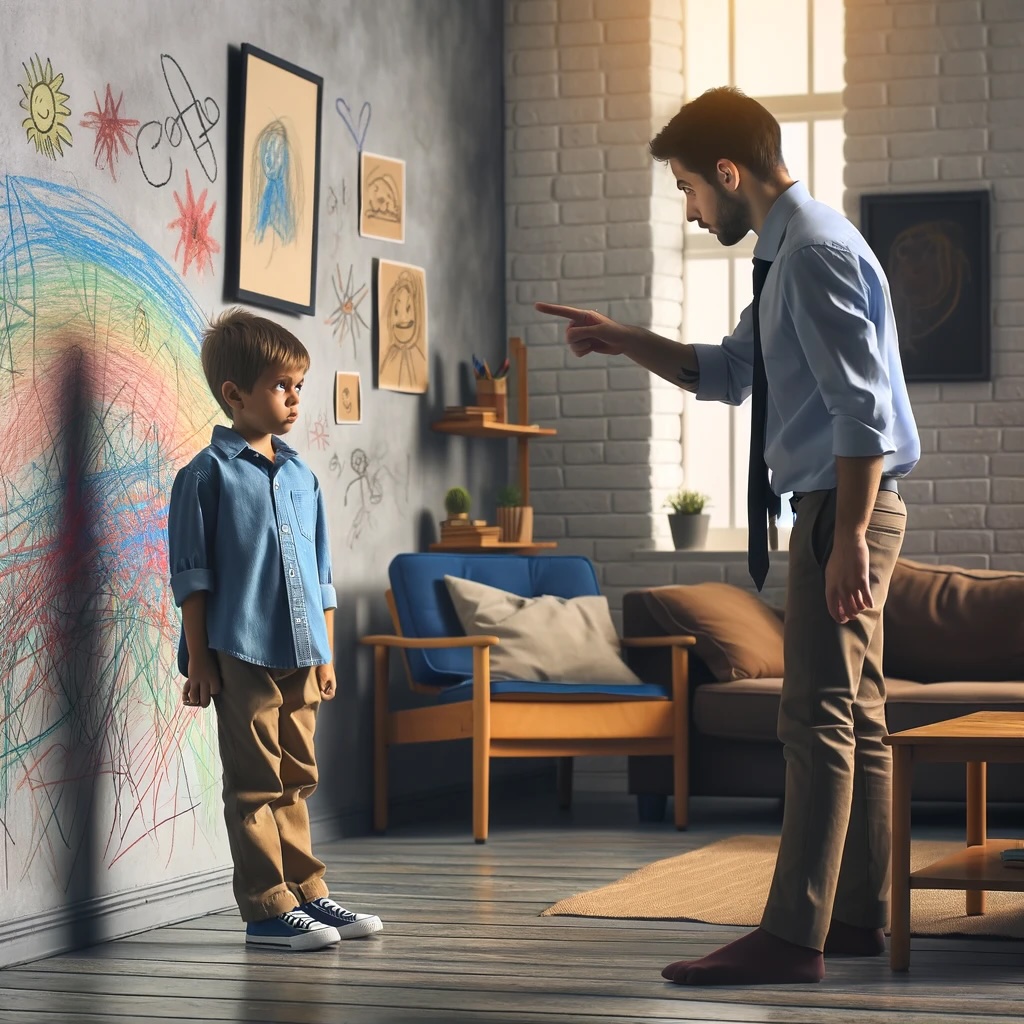As parents, we cherish our children’s creativity and encourage them to express themselves. However, there’s a fine line between fostering creativity and setting boundaries to teach respect for property and appropriateness. A common dilemma many parents face is navigating the consequences when children’s expressions spill over into spaces and items they shouldn’t. Let’s delve into what kids might get in trouble for writing on and how to guide their creative impulses constructively.
1. Walls and Furniture
The allure of a blank wall or the inviting expanse of a table can be irresistible to a child armed with markers or crayons. While these doodles are expressions of their imagination, they can also lead to damage to home decor and furniture. This situation presents an excellent opportunity to discuss respect for shared spaces and personal property.
2. Books and School Materials
Whether it’s a textbook, library book, or even their own school supplies, kids may sometimes decide to add a personal touch with pens or pencils. This behavior can result in issues ranging from damage to school property to the loss of borrowed items’ value. Teaching children about the importance of maintaining the condition of shared and personal educational materials is crucial.
3. Clothing
Yes, even clothing isn’t immune to the creative urges of a young artist. Whether it’s their clothes or someone else’s, writing or drawing on fabric can ruin garments and lead to unnecessary expenses. Discussions about the value of belongings and exploring appropriate mediums for their art can help mitigate these incidents.
4. Public Property
Parks, playground equipment, and even sidewalks can become unintended canvases for youthful inscriptions. Such actions not only disrespect community property but can also lead to legal consequences. Instilling a sense of community respect and the importance of public spaces is vital.
5. Digital Spaces
In the digital age, “writing” extends beyond physical surfaces to online platforms. Posting inappropriate content or comments can have serious repercussions. Educating kids about digital citizenship and the permanence of online actions is increasingly important.
Fostering Responsible Creativity
So, how do we encourage our children’s creativity without stifling it, yet teach them about boundaries? Here are a few strategies:
- Provide Appropriate Materials and Spaces: Designate specific areas and materials for creative activities. Washable paints, markers, and ample paper, along with clear guidelines on where it’s acceptable to use them, can help direct their creativity appropriately.
- Engage in Art Projects Together: Participating in creative activities with your children not only fosters a stronger bond but also allows you to guide them in understanding the appropriate use and respect for materials and spaces.
- Positive Reinforcement: Praise and recognition for using materials appropriately can reinforce good habits. Display their artwork in designated areas to show you value their creativity.
- Educate on Consequences: Discussing the potential consequences of writing or drawing on inappropriate surfaces can help children understand the impact of their actions on others and themselves.
- Explore Alternatives: Introduce your child to digital drawing apps or writing software that allows them to express themselves in a mess-free, easily controlled environment.
Creativity is a crucial component of a child’s development, offering an outlet for expression, problem-solving, and emotional exploration. By setting boundaries and providing guidance, parents can help their children navigate the complexities of creative expression in a way that respects both personal and communal property. Remember, the goal is not to curb their creativity but to channel it in ways that are constructive and considerate.